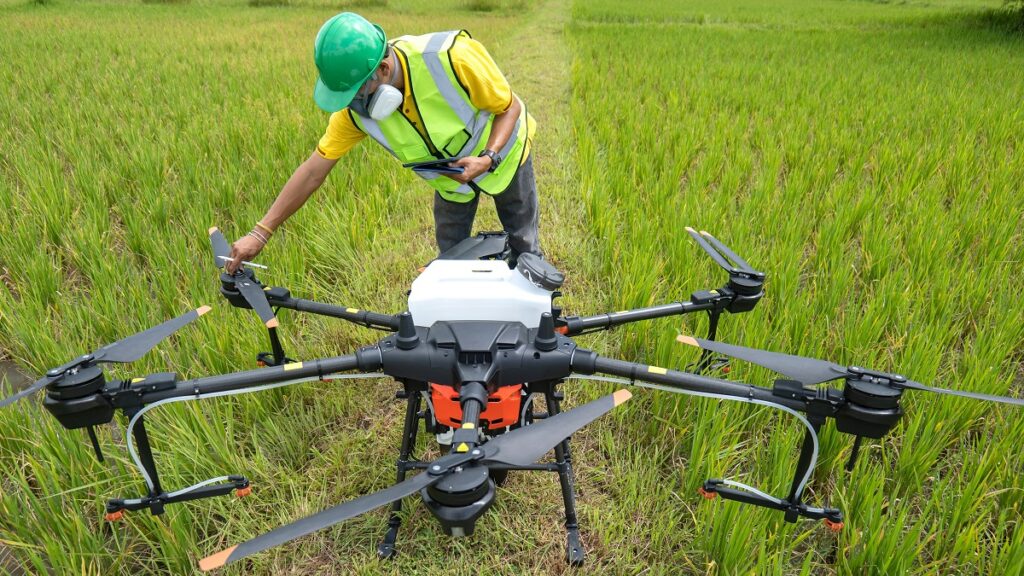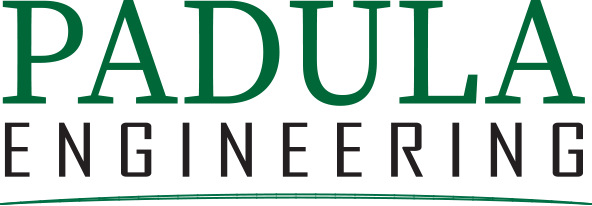Subdivision planning in Newtown, PA has evolved significantly in recent years. As the demand for housing grows, land developers are turning to innovative land development strategies to maximize space and create desirable living environments.
These advanced techniques are helping to address the need for more housing options in the area and are shaping the community’s growth and infrastructure.
In this article, we will explore these latest approaches to subdivision planning and they are shaping the landscape of Newtown, PA.
Subdivision Planning: A Brief Overview

Subdivision planning involves dividing a piece of land into smaller parcels for residential, commercial, or mixed-use purposes.
In Newtown, PA, this process is guided by comprehensive plans and zoning regulations to manage growth effectively.
Developers conduct detailed topographical surveys to understand the land’s contours and drainage patterns.
Assessment of existing infrastructure, including roads, utilities, and public services, informs the project’s scope and potential costs.
Market analysis and demographic trends guide decisions on lot sizes, home styles, and community amenities. This comprehensive approach to site selection sets the stage for successful Newtown land development projects.
Advanced Techniques in Subdivision Planning and Development

Advanced subdivision techniques focus on optimizing land use, integrating sustainable infrastructure, and promoting smart growth principles to create vibrant and resilient communities. These techniques include:
Smart Growth Principles
Smart growth principles emphasize compact development and mixed-use zoning to minimize sprawl and maximize efficiency. Mixed-use development strategies combine residential areas with small-scale commercial spaces, fostering vibrant communities.
This technique helps to create walkable neighborhoods with easy access to amenities, reducing reliance on cars and promoting a healthier lifestyle.
Innovative Infrastructure Design
Innovative infrastructure design in subdivision planning focuses on optimizing how utilities like water, electricity, and waste management systems are planned and used.
Advanced technologies and practices are used to improve energy efficiency, conserve water, and manage waste effectively in new developments.
This approach not only promotes environmental sustainability by reducing resource consumption and pollution but also leads to cost savings over time.
Utilization of Technology in Planning
Modern subdivision planning and development leverages technology to enhance design processes in various ways:
1. GIS mapping and digital visualization tools that allows planners to analyze data effectively and visualize development scenarios.
2. Computer-aided design (CAD) and 3D modeling tools allow developers to visualize projects in detail before breaking ground.
3. Building Information Modeling (BIM) that enhances coordination between architects, engineers, and contractors.
4. Drone surveying and mapping that provide accurate, up-to-date site information throughout the development process.
5. The use of automated construction techniques to improve efficiency and reduce labor costs.
6. Parametric design tools optimize layouts, balancing factors like lot yield, street efficiency, and open space allocation.
7. Virtual reality presentations that offer stakeholders immersive experiences of proposed subdivisions.
All these advanced subdivision techniques result in more efficient, attractive, and marketable developments in Newtown.
Alternative Techniques in Subdivision Planning and Development
While advanced methods drive modern subdivision planning and development in a place like Newtown, PA, developers also employ a range of other effective techniques to create successful communities. They include:
Cluster Development
This technique concentrates homes on a portion of the available land, leaving larger areas as open space. Developers using this approach often create neighborhoods with smaller lot sizes but more shared green spaces.
This method not only preserves natural features but also reduces infrastructure costs, as utilities and roads serve a more compact area.
Phased Development Strategies
For larger subdivision projects, phased development strategies are best used.
This approach involves dividing the project into distinct phases, each with its own timeline and potentially different features.
Phased development allows developers to adapt to market conditions, spreading out costs and potentially using revenue from early phases to fund later stages.
This strategy can be particularly effective for Newtown PA’s dynamic real estate market, allowing developers to adjust their plans based on initial success and market feedback.
Adaptive Reuse of Existing Structures
This involves converting old structures into community centers or repurposing historic homes as focal points for new neighborhoods. This technique not only preserves local heritage but can also create unique selling points for the development.
Public-Private Partnerships
Some developers explore public-private partnerships to facilitate subdivision planning and development. These partnerships can involve collaborations with local governments to develop infrastructure, create public amenities, or address community needs.
For example, a developer might work with Newtown, PA to include a public park or community center within their subdivision plan. Such partnerships can lead to more community-friendly developments and potentially streamline the approval process.
Flexible Lot Configurations
This technique moves away from uniform, cookie-cutter lots to create more diversity and seeks to develop better neighborhood layouts. Developers might mix different lot sizes and shapes within a single subdivision, allowing for a range of housing types and price points.
This flexibility can help meet varied market demands and create more visually appealing streetscapes.
Conclusion
Advanced techniques in subdivision planning and development are transforming residential landscapes. By embracing these innovative approaches to site analysis, design and infrastructure planning, developers are creating more efficient, attractive, and livable communities.
For Newton, PA these advanced subdivision techniques will play a crucial role in shaping the town’s future, allowing for more efficient land use and development.
Contact Padula Engineering Today
Are you considering a land development project or need expert advice on your next big construction in Newton, PA? Padula Engineering is your trusted partner for innovative subdivision planning and advanced land development techniques.
You can contact us or visit any of our offices today. We offer free consultations to all potential clients and our team of experienced professionals is ready to guide you through every step of your project, from initial concept to final execution.
